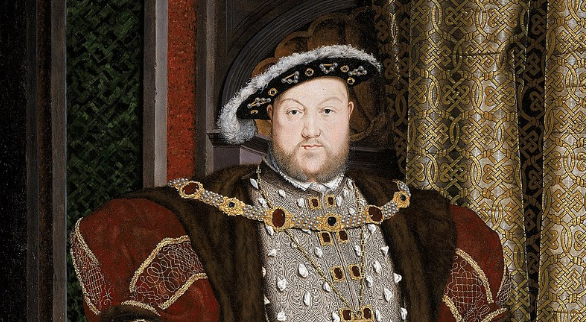
While modern royal Christmas celebrations take place at Sandringham, for hundreds of years it was Windsor Castle that was the preferred setting for the festive celebrations of kings and queens.
Victoria and Albert loved to spend the season there but they were only following the pattern of dozens of monarchs.
Whilst the German Christmas was much popularised by Prince Albert, the preference of Queen Victoria and the Prince Consort to spend Christmas at Windsor Castle with the royal children was in fact, a continuance of an earlier, medieval pattern, English monarchs having wintered at Windsor since the twelfth century.
The winter wedding of King Henry I – his second marriage – to the French Princess Adeliza of Louvain, was celebrated at Windsor on 24 January 1121. Windsor was the favourite home of another great medieval king, Edward III.
Another Christmas ‘tradition’ that Victoria and Albert continued was the pursuit of winter sports. The Prince Consort was more interested in them than his wife and was known to be a great skater. And he followed a long line of royals who loved to play in the snow.
In Tudor England, the court used the snowfall as an opportunity to make royal winter sports, as might befit the cycle of seasonal entertainments it enjoyed around its yearly calendar.
We know from the accounts of Henry Courtenay, Earl of Devon and Marquess of Exeter, that the courtiers of Henry VIII engaged in snowball fights (Alison Weir, Henry VIII: King & Court, 94; 519) and thanks to the records contained within the Letters and Papers of the Reign of Henry VIII, that on at least one occasion, the King joined in. This occurred in January 1519, when a 28-year-old Henry VIII borrowed a cap from a boy to keep out the cold. (Ibid, 94). King Henry VIII once travelled by winter sleigh over the frozen Thames from his Palace at Whitehall to Greenwich in 1536 (Louise Cooling, A Royal Christmas, 110).
The love of snowballing ensured that it remained a popular royal pastime. The young Francis, Duke of Teck was sketched making a snowball at Sandringham on unheaded Sandringham notepaper for Queen Alexandra’s album: ‘Snowballs/Sandringham/19th Jany/1866′.
A similar image that found its way into the Queen’s scrapbook was one of her two eldest sons, Prince Albert Victor and Prince George in Highland dress in December 1874, snowballing the Rev William Lake Onslow, who was the Rector at Sandringham and also Chaplain-in-Ordinary to the Prince of Wales. Earlier that same year, Queen Victoria’s second son, Prince Alfred, Duke of Edinburgh – uncle to the young Princes – had married the Grand Duchess Marie Alexandrovna in St Petersburg. The artist Nicholas Chevalier’s exquisite oil on canvas painting of the wedding – celebrated on 23 January 1874 –contained such gorgeous aesthetic detail as the delicate snow gathering on the windows of the Cathedral at the Winter Palace.
Archduchess Maria Antonia of Austria – the French Queen Marie Antoinette – adored the snow, which she ever associated with her Viennese childhood; indeed, she remained excited at the mere sight of it for the rest of her life. (Antonia Fraser, Marie Antoinette: The Journey, 21).
Snow, therefore, provides the setting for many charming vignettes and provides the background for generations of royal play.

